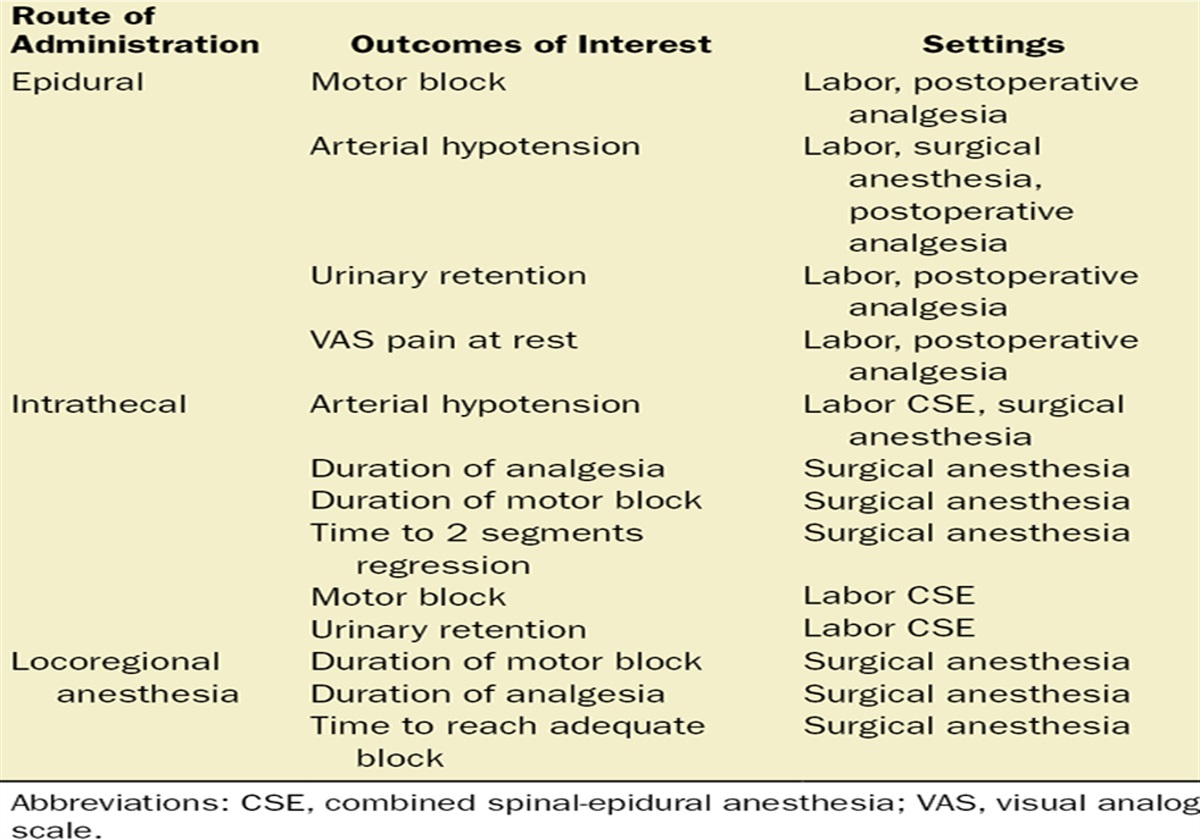To Clarify:
Epi is not used to identify intravascular injection - agree that's what US and aspiration is for.
The absolute number of mg of bupivicaine is responsible for longer block duration - thats what im going for.
The maximum recommended dose of local anesthetic (mg/kg) is higher with solutions containing epi.
Therefore, with local with epi, I am able to give a higher dose of marcaine overall.
This high dose leads to fast block onset, longer duration, and because of the epi, still within the recommended dosage on a mg/kg basis.
Sometimes, when enough kg are present, I'll give two separate 20ml 0.5% injections (fem block and pop block) for complex knees.
That's a lot of local and I feel better that epi is in the mix





